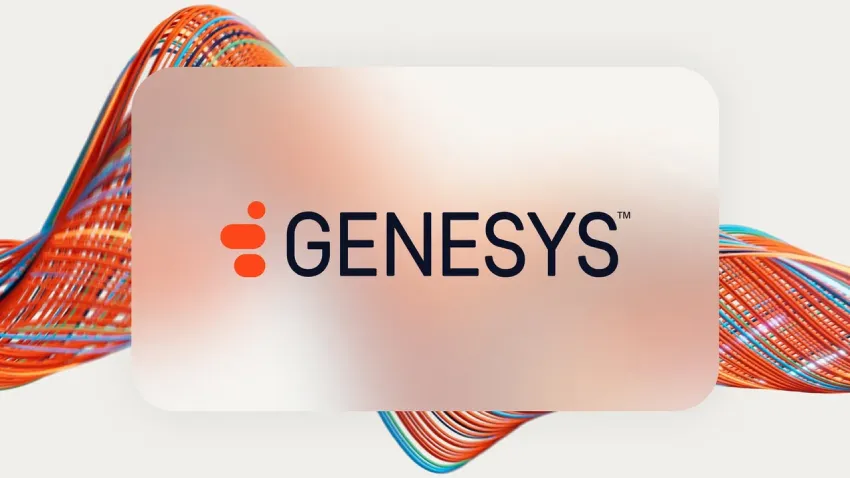标签
cloud
相关的文章:本列表汇集了关于云计算的最新研究与应用,包括AI技术、服务可靠性、微服务架构等多个领域的深入分析与实践经验,助您把握行业动态。
PostgreSQL is highly suitable for powering critical applications in all industries. While PostgreSQL offers good performance, there are issues not too many users are aware of but which play a key...
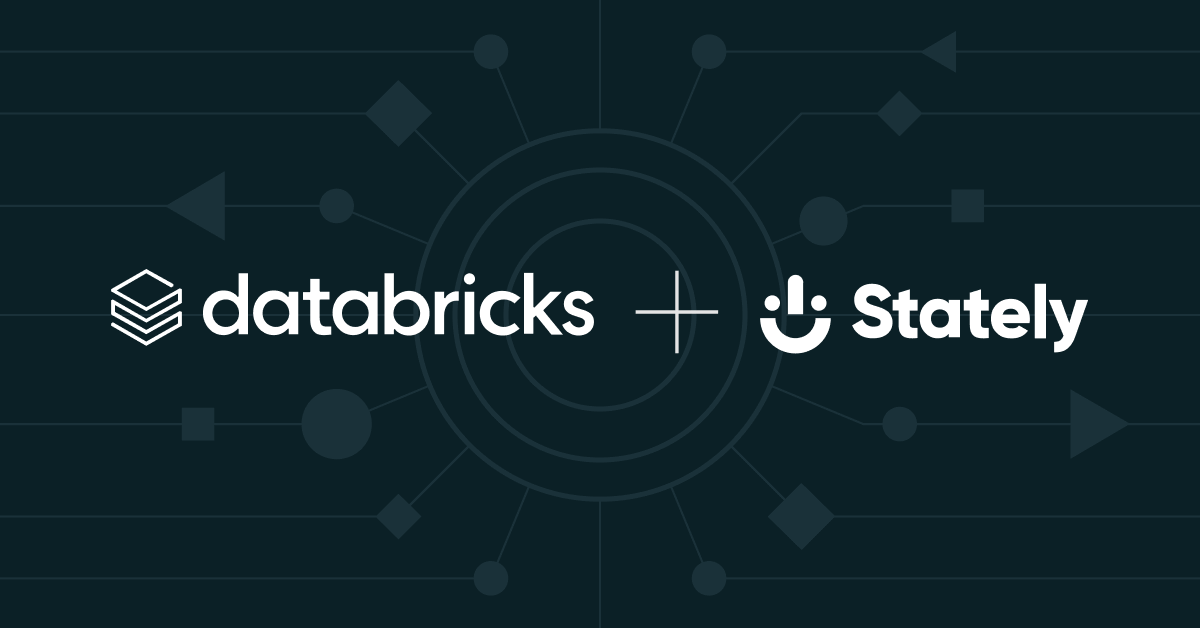
Databricks ·

亚马逊AWS官方博客 ·

亚马逊AWS官方博客 ·

Elastic Blog - Elasticsearch, Kibana, and ELK Stack ·
By Jacob Meyers and Rob ZienertTemporal is a Durable Execution platform which allows you to write code “as if failures don’t exist”. It’s become increasingly critical to Netflix since its initial...
Netflix TechBlog ·

freeCodeCamp.org ·

Microservice architecture ·

全球TMT-美通国际 ·

engineering on Grafana Labs ·
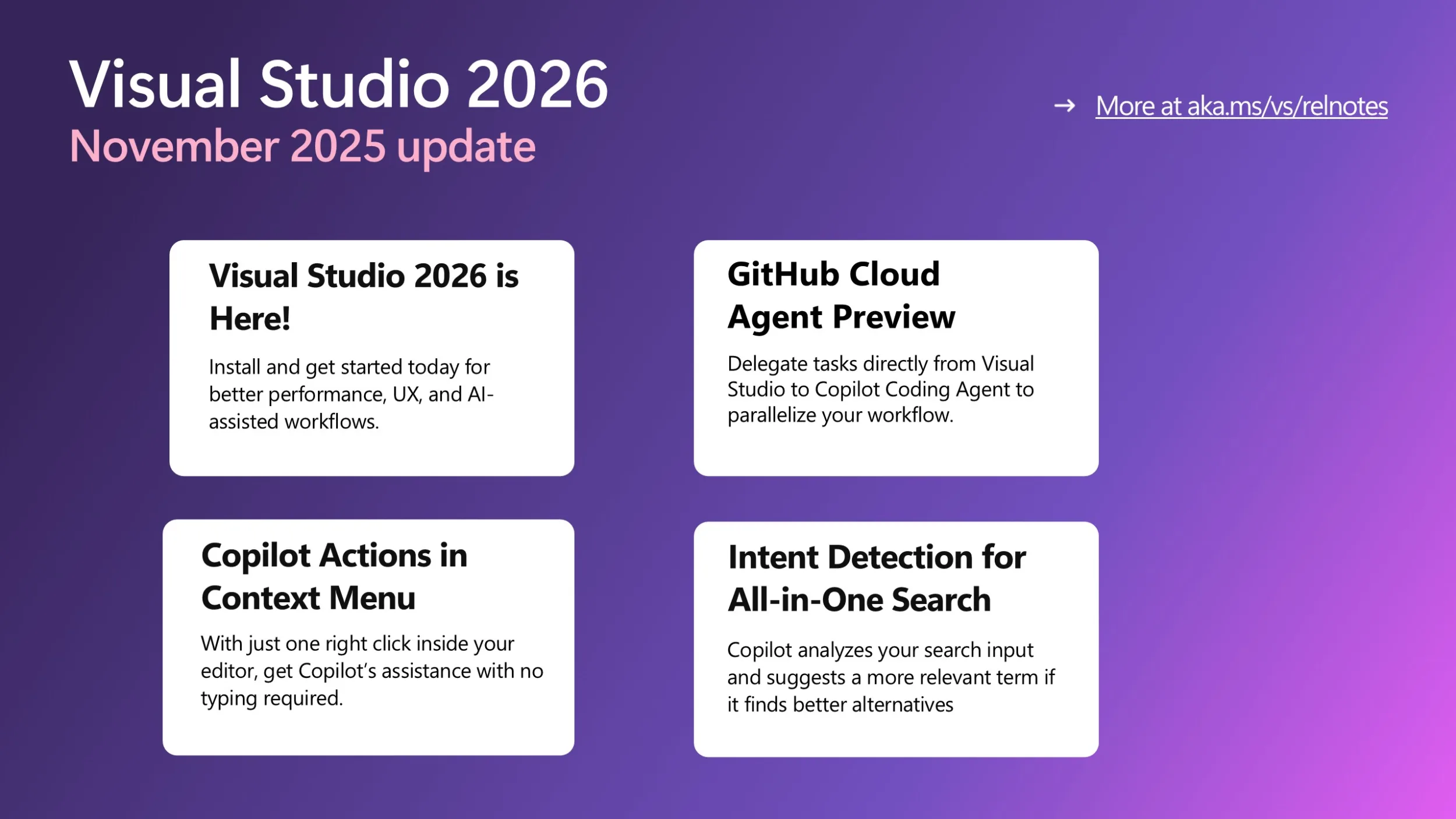
Visual Studio Blog ·
UCSD云平台基于Linux和开源技术,提供灵活的计算资源,满足多样化科研需求。其架构涵盖虚拟化、存储和网络服务,用户可快速获取资源,提升科研效率,适合师生和研究人员使用。
极客技术博客’s Blog ·
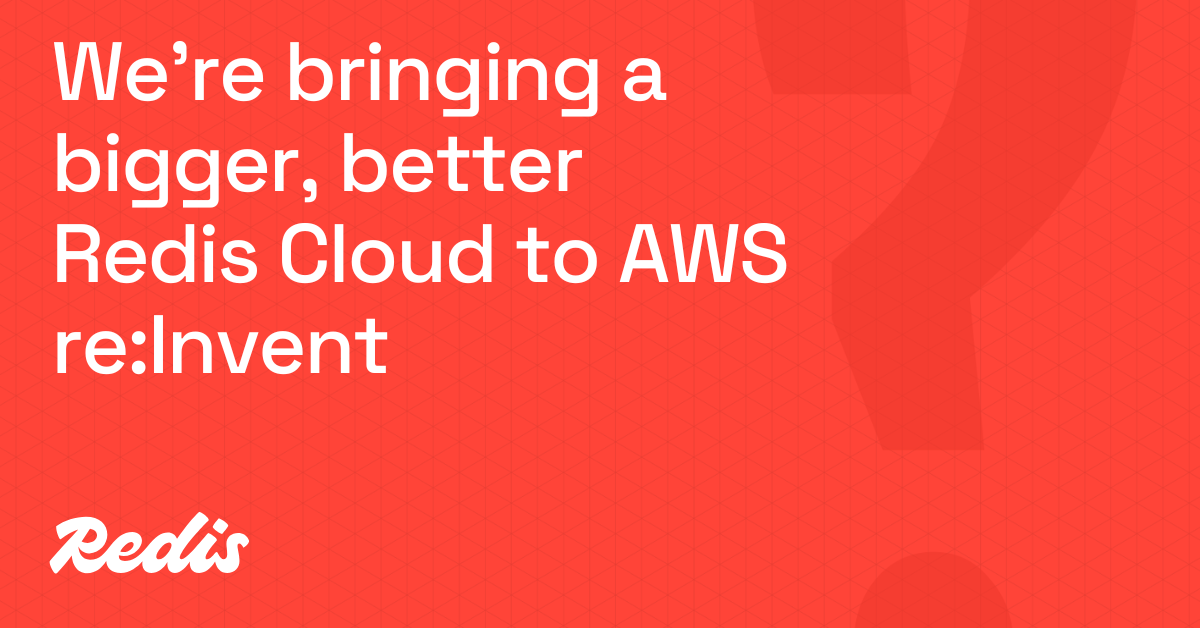
Redis Blog ·

engineering on Grafana Labs ·

engineering on Grafana Labs ·
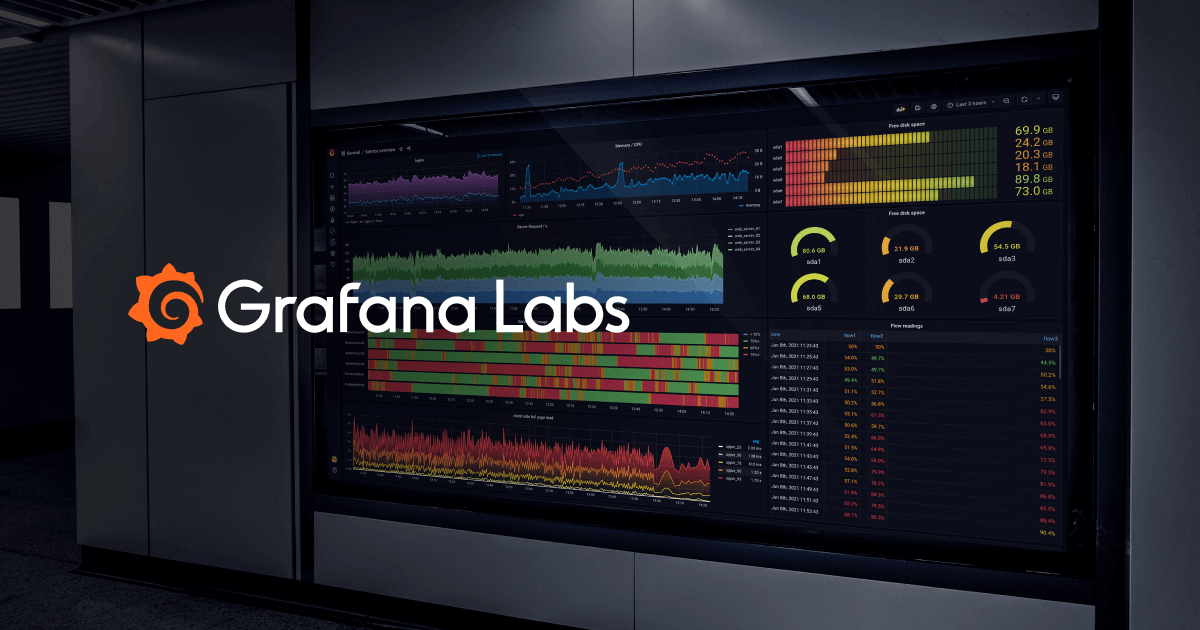
engineering on Grafana Labs ·
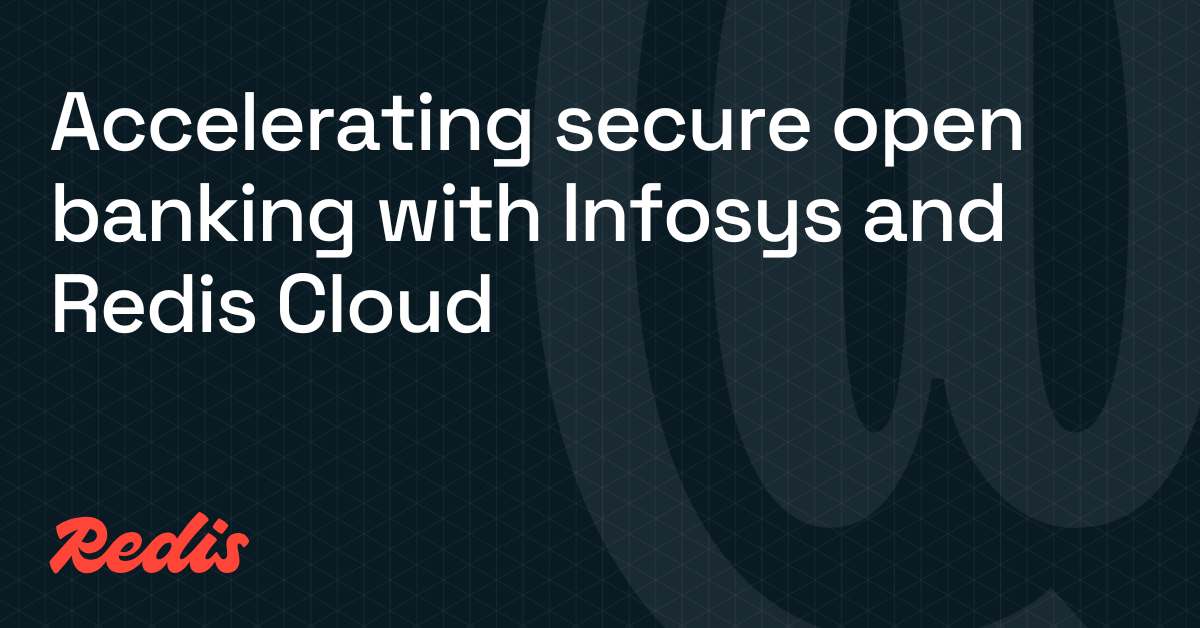
Redis Blog ·

engineering on Grafana Labs ·
